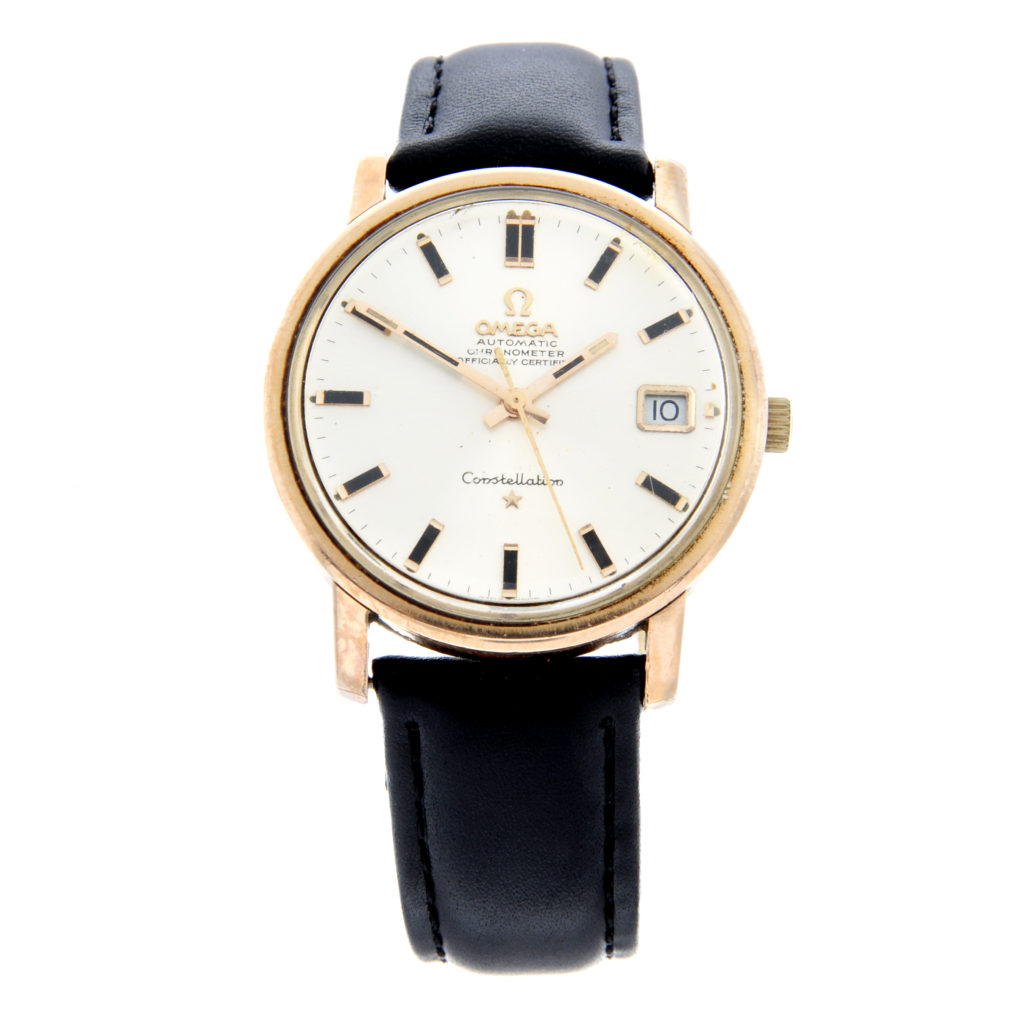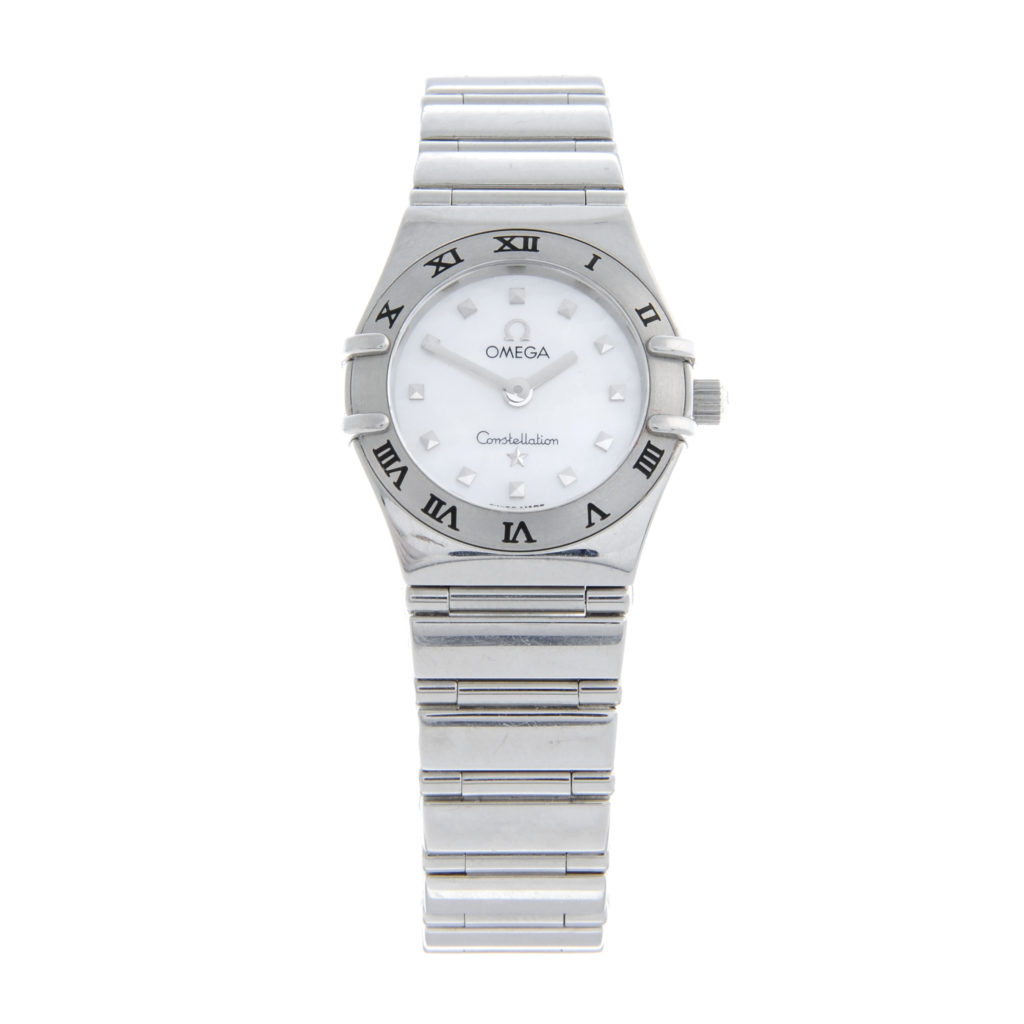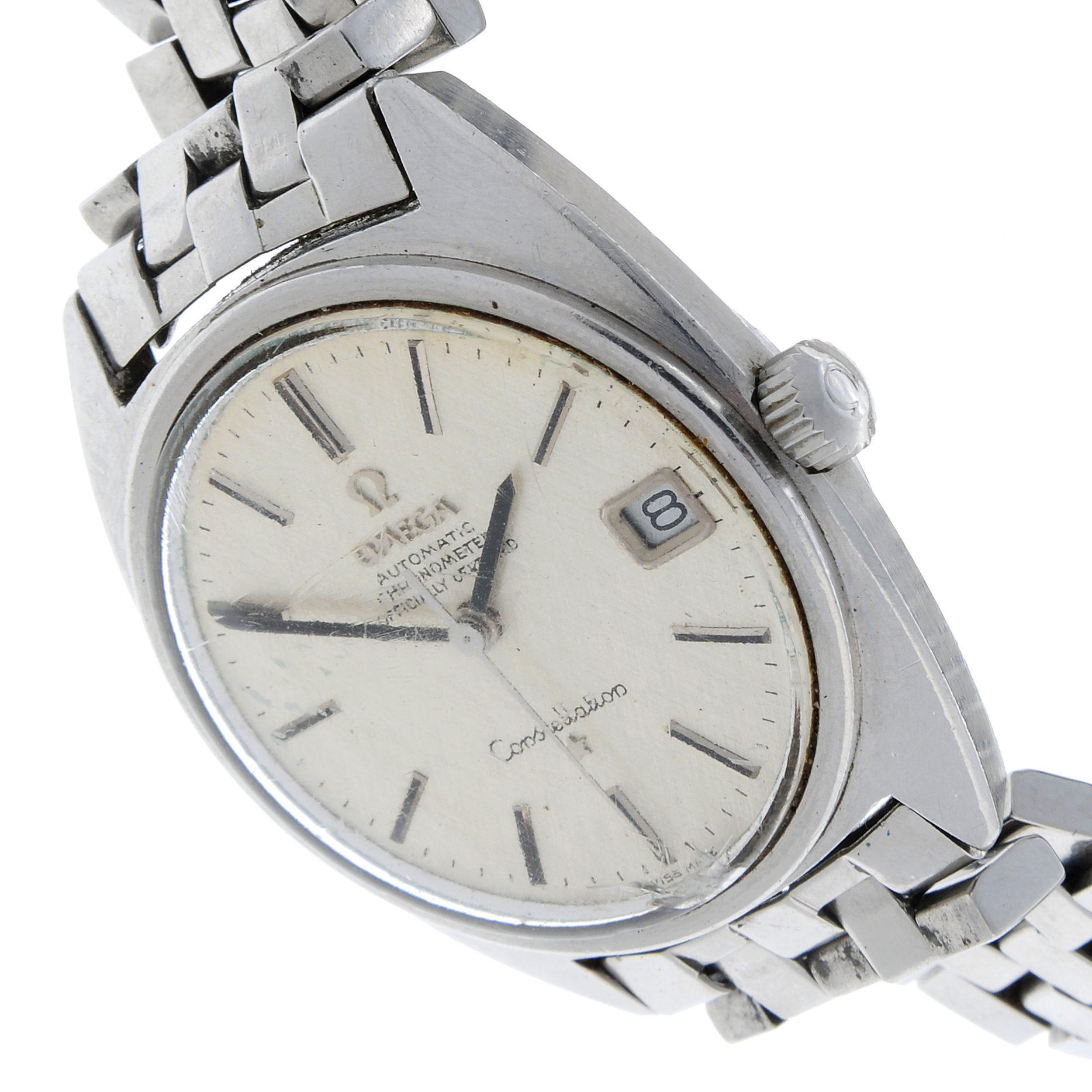
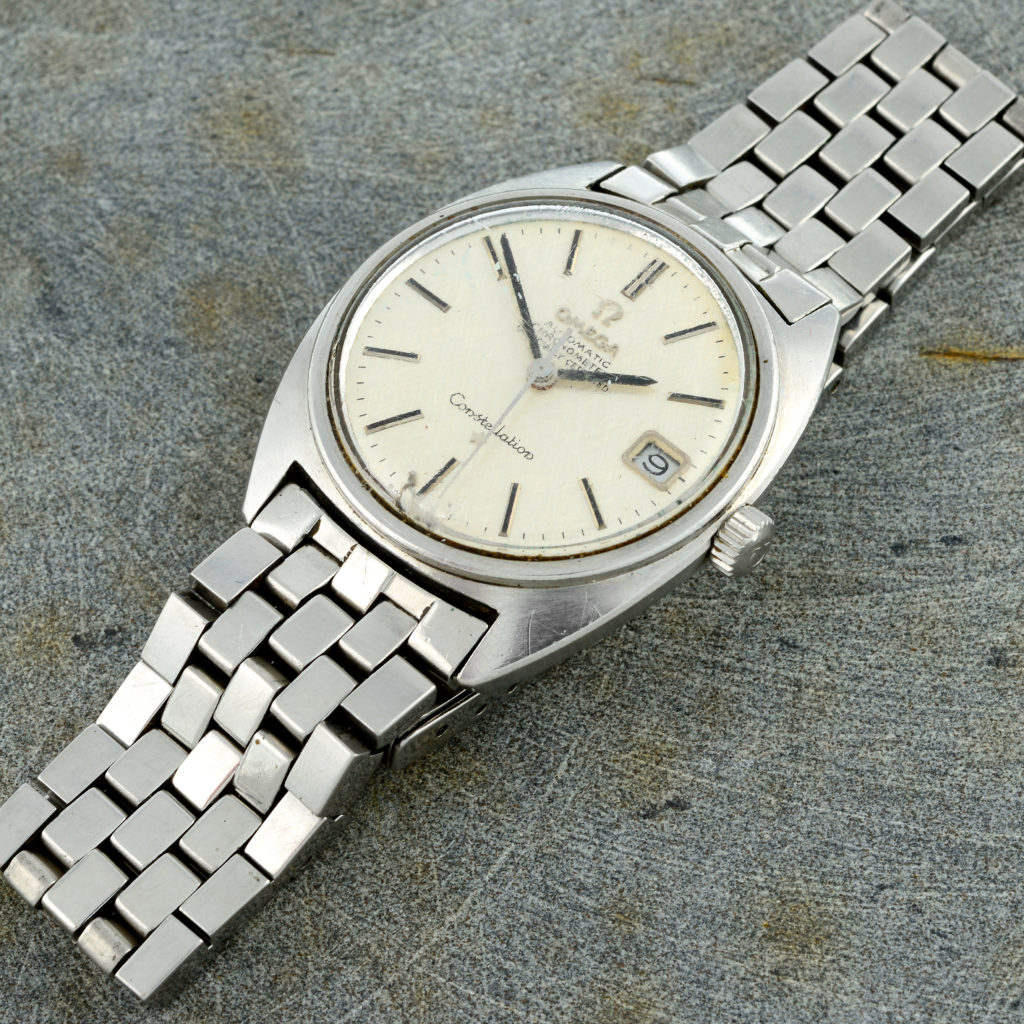
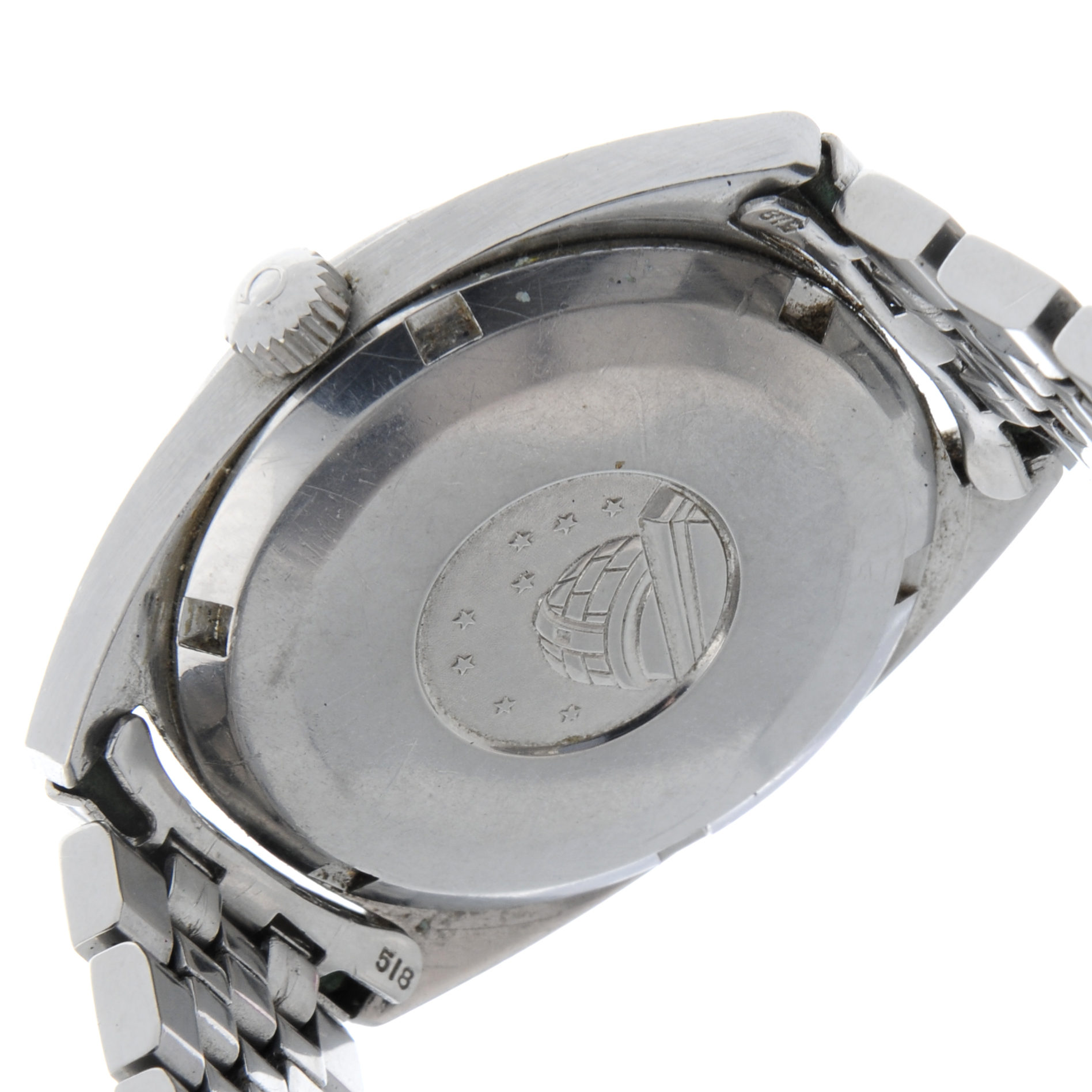
From time to time the stars align. Well, one occasion where they certainly did was in 1952. Four years after Omega’s 100th Anniversary, the Omega Constellation model was born. It developed from a design aptly named the ‘Centenary’ which was brought out in 1948. This design was limited to 4,000. The company saw the potential this design had and as a result, they bought out the Constellation.
The Early Omega Constellation
Initially brought out with a bumper automatic movement, in which the rotor doesn’t rotate fully but bounces in an arc shape between two springs to kinetically power the watch. This model was named after the emblem situated at the centre of all their case backs - an observatory crowned by eight stars.
The Constellation is a model which has evolved in more ways than most other watches. From earlier ‘Pie-Pan’ which got its name from its dial arrangement - which does actually look like the underside of a pie dish. It isn’t just the layout of the dial that creates the appeal, it is the precision in which it keeps its time.
All Constellation variations share one commonality, at the time of production their accuracy went beyond conventional and typical expectations.
Gerald Genta's Take
During the same period of the ‘Pie-Pan’s production, the design was also progressing into the C-Shape design, innovated by none other than Gerald Genta - the 168.017 model is personal favourite of mine with its “brick” bracelet and sleek, broad case sides and a more contemporary look than predecessor.
This was a design that contributed towards cementing Genta as one of the greats. During the 1960’s, the Constellation collection sold better than Rolex Datejusts!
Then came the release of quartz watches with Seiko taking the lead, Omega soon followed form and released its thick-cased Beta 21 Electroquartz model. Conforming to the trends of the 1970’s with straight-lines and heavy-duty impressions. The quartz movements remained tied to Constellations with the release of the Manhattan.
A Modern Omega Constellation
It wasn’t until 1982 that the more modern style Constellation with integral bracelets, clawed case and Roman numeral chapter ring bezels. The claws at either side of the case were actually brought out with a pragmatic approach, to keep the gasket compressed and support the models water-resistance.
Two years later they re-introduced the Constellation with automatic movements, and nearly twenty years later in 2003 Omega integrated its patented Co-Axial 2500 calibre with the Constellation Double Eagle.
It continues to be a favourite of Omega collectors, whether you find the more ArtDeco “Pie-Pan” examples exciting, rely on the Beta 21 for nostalgia or enjoy the modern Co-Axial models - everyone can agree that this will remain a shining star amongst the many great designs from Omega.
Valuations
Our valuations are free, with no obligation to sell with us. Our experts will value your item with an estimate, so you can find out what it could achieve at auction.
The process is simple. You can fill in a form online or book an appointment to visit either of our offices in Birmingham or London. Virtual valuation appointments are also available.
Find what you're looking for
Make sure you don’t miss finding that special something by signing up to our email alerts. You’ll be the first to know when catalogues become available, receive invitations to special events and preview the hottest lots from our auctions, plus much more.
Why not use our free personal shopping service? Sign up for lot alerts and tell us exactly what you are looking for. Each time we upload a catalogue, we search for your keywords and email you lots matching your interests. Your personalised email will include images, lot descriptions and auction details.

